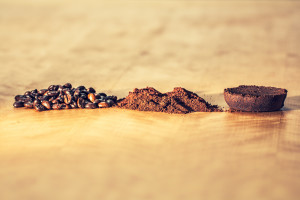In my last post, that was published back in July (WOW!! Time Really Goes By!!!!) I discussed the pro’s and con’s on singles serve coffee makers. As you might remember, one of the downsides of single serve coffee makers was the waste they cause, specifically as related to the plastic containers/pods that go into many of our single serve coffee makers. In addition, there are some who are concerned about the cost/per cup when it comes to making single serve coffee.
Well, as it turns out there is a solution to these problems. Its something I’ve discovered called the Java Jig. You can find the Java Jig at the Recommended Resources page on this blog.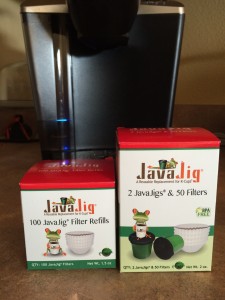 (I want to be completely honest and upfront here. I do receive a very small commission every time some goes through my website and purchases a Java Jig. It does not cost you any more, however by purchasing it this way. In fact the Recommended Resources tab is intended to be a one stop resource for you so you can find the coffee items you need for your journey to find a great cup of coffee.)
(I want to be completely honest and upfront here. I do receive a very small commission every time some goes through my website and purchases a Java Jig. It does not cost you any more, however by purchasing it this way. In fact the Recommended Resources tab is intended to be a one stop resource for you so you can find the coffee items you need for your journey to find a great cup of coffee.)
From the Java Jig website they list the following attributes about the Java Jig;
- Allows you to use your own coffee.
- Provides for easy cleanup.
- Eco friendly bio degradable filters.
- Savings up to 80% off pre-filled pods.
- Extracts a richer, better cup of coffee.
The Java Jig I purchased for todays demo, is called the Java Jig Combo Pack. In the pack you get 2 Java Jigs and 150 filters.
Lets walk through the steps to use the Java Jig.
Step 1 – place the Jig down on a flat surface.
Step 2 – Take the filter and place it on the jig.
Step 3 – Push the green outer cup over the jig.
Step 4 – Fill with you favorite coffee. (I used a normal sized coffee scoop, but I’m sure a tea spoon would work just as well.)
Step 5 – Snap on the lid.
Step 6 – Place the Java Jig into your coffee maker and make a great cup of coffee!!
I’ve also included a video that shows how to use shows how to use the Java Jig here – Java Jig Demo Video
But that’s it! It is really that simple! I paid $14.95 for the combo pack, and now I’m looking forward to grinding my own favorite coffee beans and using it in my single serve coffee maker. I no longer have to make a full pot of coffee when I just want a single cup!
So give the Java Jig a try, and let me know how it goes, I would very interested in your comments!
Mahalo,
Island Mike

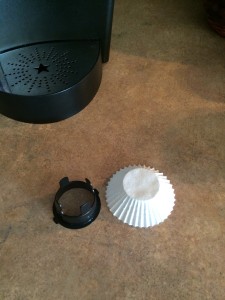
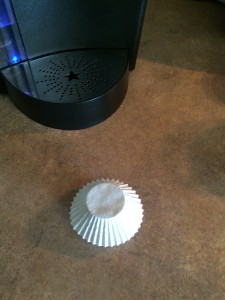
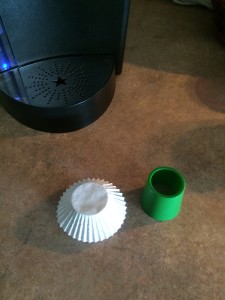
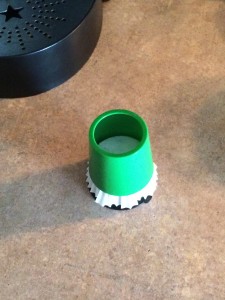


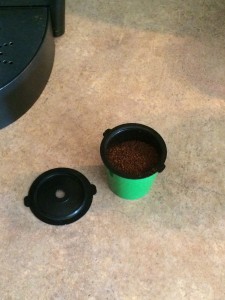
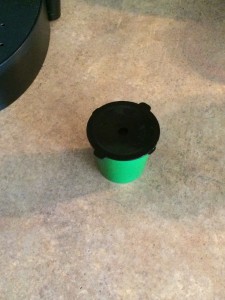

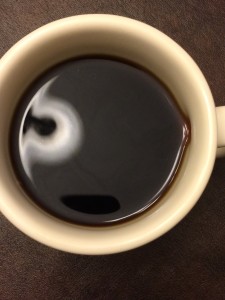

 ). The Jamaican Blue Mountain Coffee was excellent. Thanks man!!
). The Jamaican Blue Mountain Coffee was excellent. Thanks man!!